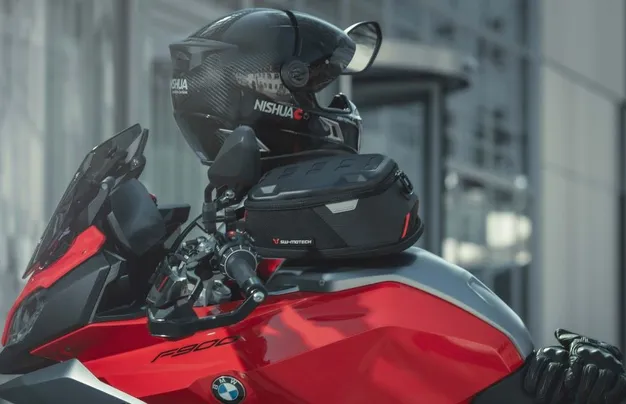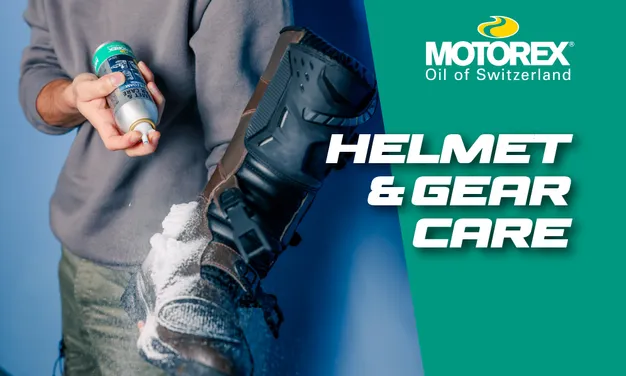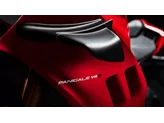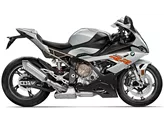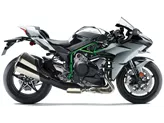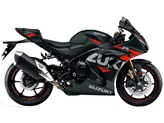Kawasaki Ninja ZX-10R 2016 vs. BMW S 1000 RR 2020

Kawasaki Ninja ZX-10R 2016

BMW S 1000 RR 2020
Visão geral - Kawasaki Ninja ZX-10R 2016 vs BMW S 1000 RR 2020
The Kawasaki Ninja ZX-10R 2016 and the BMW S 1000 RR 2020 are both supersport motorcycles that offer impressive performance and advanced features.
In terms of the engine and drivetrain, both motorcycles have inline-four engines with similar displacement. However, the BMW S 1000 RR 2020 has a slightly larger bore and a shorter stroke, which allows it to deliver slightly higher power output of 207 HP compared to the Ninja ZX-10R's 200.1 HP. Both bikes have a high compression ratio, with the BMW having a slightly higher compression ratio of 13.3 compared to the Ninja's 13.
In terms of suspension, both motorcycles feature a telescopic fork at the front and a swingarm at the rear. The suspension on both bikes is adjustable for compression, preload, and rebound. The materials used in the suspension components are also similar, with both bikes utilizing aluminum.

Kawasaki Ninja ZX-10R 2016
Both motorcycles have an aluminum frame, which provides a good balance of rigidity and weight savings.
When it comes to braking, both bikes have dual disc brakes at the front. The BMW S 1000 RR 2020 features radial brakes, which provide better braking performance compared to the Ninja ZX-10R's petal brakes.
In terms of dimensions and weights, both motorcycles have similar tire widths and diameters. The BMW has a slightly longer wheelbase of 1441 mm compared to the Ninja's 1415 mm. The seat height of the BMW is also slightly higher at 824 mm compared to the Ninja's 813 mm. The fuel tank capacity of the Ninja is slightly larger at 17 liters compared to the BMW's 16.5 liters.
In terms of strengths, the Kawasaki Ninja ZX-10R 2016 is praised for its excellent chassis geometry, high-quality chassis components, and excellent brakes. It also has a wide range of electronic aids, which enhance its performance and safety.

BMW S 1000 RR 2020
On the other hand, the BMW S 1000 RR 2020 is praised for its linear power delivery, wide range of revs, and pleasant control. It features the ShiftCam technology, which provides strong power in the lower rev range. It also has an excellent Dynamic Damping Control (DDC) system, which offers precise and top-performing suspension performance. The BMW also boasts a comprehensive electronic package and offers a harmonious package for both road and track use.
In terms of weaknesses, the Kawasaki Ninja ZX-10R 2016 is criticized for its less legible cockpit. On the other hand, the BMW S 1000 RR 2020 is criticized for lacking character compared to other competitors and falling slightly behind in terms of specifications in direct comparison.
Overall, both the Kawasaki Ninja ZX-10R 2016 and the BMW S 1000 RR 2020 are highly capable supersport motorcycles with their own strengths and weaknesses. The choice between the two would ultimately depend on the rider's preferences and priorities.
Especificações técnicas Kawasaki Ninja ZX-10R 2016 em comparação com BMW S 1000 RR 2020
Prós e contras em comparação
Prós e contras em comparação
Kawasaki Ninja ZX-10R 2016

A ZX-10R Ninja tem uma certa majestade, ao primeiro arranque parece muito estável, é preciso forçá-la um pouco no raio. Após algumas voltas, no entanto, este efeito transforma-se numa precisão incrível que permite uma linha precisa. O motor tornou-se agora visivelmente mais forte e faz da Kawa um pacote geral extremamente bom que pode agradar não apenas aos fãs obstinados da Kawasaki. O controle de tração no Kawa é particularmente positivo e regula muito sensivelmente. Até se pode ajustar o travão motor - por isso, não faltam certamente características electrónicas. A ZX-10R é a única superbike que já está em conformidade com a norma Euro4 em 2016!
BMW S 1000 RR 2020
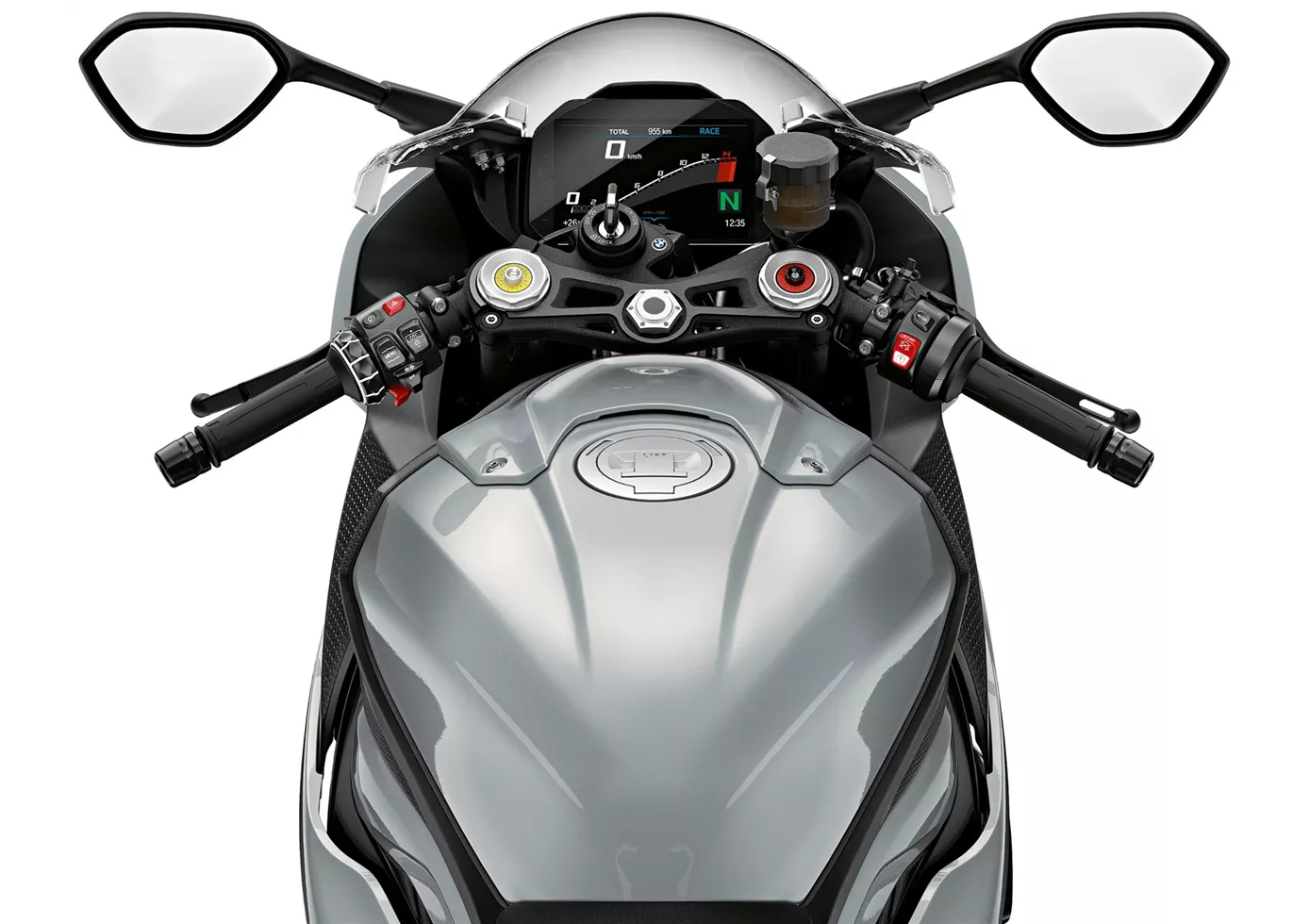
Uma verdadeira superbike "polivalente". A BMW sabe como jogar com os seus pontos fortes tanto na pista de corrida como na estrada rural. Graças ao controlo variável da árvore de cames, o potente motor já convence na parte inferior e acelera harmoniosamente em toda a gama de rotações, com muita potência em todas as gamas. Para o piloto amador, o chassis funciona de forma excelente em todas as situações, proporciona um feedback transparente e oferece muitas opções de ajuste. A posição do assento é desportiva, mas relativamente confortável. A eletrónica funciona de forma muito harmoniosa, sem ser condescendente com o piloto - TOP!
Comparação de preços Preço médio de mercado Kawasaki Ninja ZX-10R vs BMW S 1000 RR
There are a few key differences between a Kawasaki Ninja ZX-10R 2016 and a BMW S 1000 RR 2020. In terms of price, the actual average price of a Kawasaki Ninja ZX-10R 2016 is about 2% higher. A Kawasaki Ninja ZX-10R 2016 experiences a loss of 2 040 EUR in one year and 1 990 EUR in two years of ownership. This is offset by a loss of 530 EUR and 180 EUR for a BMW S 1000 RR 2020. Compared to BMW S 1000 RR 2020 there are less Kawasaki Ninja ZX-10R 2016 bikes available on the 1000PS.de Marketplace, specifically 4 compared to 16. It takes less time to sell a BMW S 1000 RR with 68 days compared to 100 days for the Kawasaki Ninja ZX-10R. Since model year 2005 1000PS.de editors have written 51 reviews for the Kawasaki Ninja ZX-10R and 135 reviews for the BMW S 1000 RR since model year 2010. The first review for the Kawasaki Ninja ZX-10R was published on 11/01/2004 and now has more than 2 900 views. This compares to more than 4 000 views for the first review on BMW S 1000 RR published on 16/04/2008.
